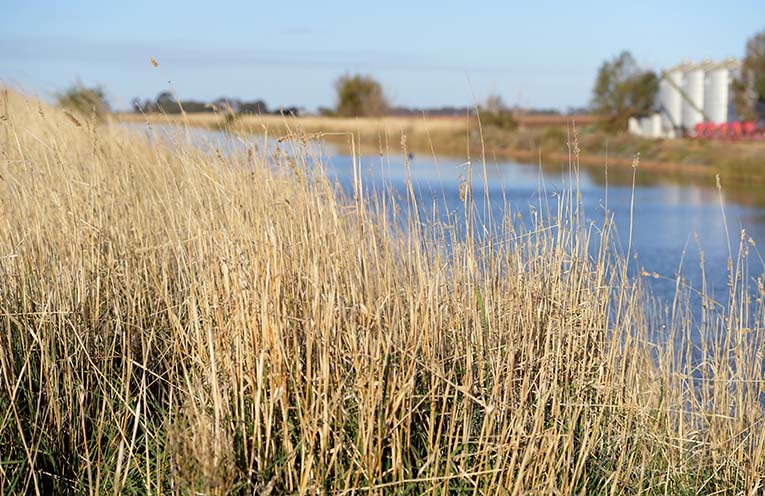
AUSTRALIAN farmland sales have fallen to another record low as would-be buyers baulk at owners’ price demands.
The Rural Bank Australian Farmland Values Report is the longest-running analysis of the farmland market across the nation.
The report has tracked every sale annually for 29 years and its latest mid-year update shows national transaction volumes have never been lower, dropping to 2966 across the first six months of 2024.
Since peaking in the first half of 2021, the number of farmland sales has fallen by 43 percent.
Neil Burgess from Rural Bank said deal volumes continued to tighten as buyers increasingly failed to meet price expectations.
“Transaction volumes are now at a record low, down 18.7 percent year-on-year and 4.8 percent below the second half of 2023,” he said.
The median price of farmland sold in the first half of 2024 rose to $10,141 per hectare, up 12.2 percent from 12 months earlier.
It marked the 22nd consecutive half-yearly period of year-on-year growth.
However, when comparing sales in the first half of 2024 to the second half of 2023, median prices went backwards in Western Australia (12.1 percent), South Australia (11 percent) and Victoria (6.7 percent).
The report said dry conditions challenged producers in southwest Victoria, SA, Tasmania and the WA grain belt.
“Areas to experience dry conditions saw dry sowing of winter crops and reduced feed for livestock with over 50 per cent of the national sheep flock in areas with below-average rainfall,” it said.
“July and August were better months for southern Australia with some relief coming ahead of spring.”
More favourable rainfall kept median prices trending upwards in Queensland (5.6 percent) and NSW (5.6 percent) in the six months to June 30, while Tasmania’s figure grew by 16 percent courtesy of boosted sales in the state’s north.
The mixed state-by-state results can be partly explained by the recovery of livestock prices following a disastrous 2023 and easing crop prices, Mr Burgess said.
“In general terms, the traditional drivers of farmland values have led to a more subdued buyer appetite,” he said.
“These factors are set to keep farmland values in a holding pattern for the second half of 2024.
“However, the longer-term outlook appears optimistic as demand may again strengthen if current rainfall forecasts provide a good finish to 2024 and interest rate cuts begin in early-2025.”
By Callum GODDE, AAP